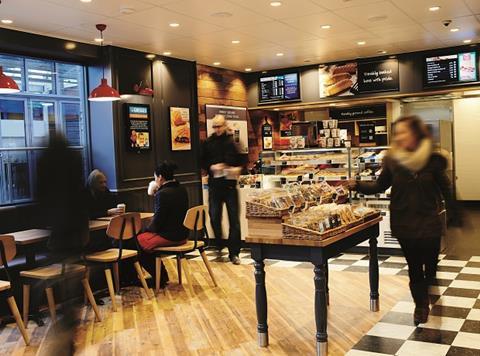
As turnaround years go, they rarely come much better than 2014 has proved for Greggs.
Until recently the butt of some unkind jokes about the UK consumers’ eating habits, Greggs has turned out to be one of the food sector’s standout performers this year – rising 61.2% since January after a radical strategic rethink.
After a move widely dubbed “going upmarket”, Greggs has increased the range and breadth of its offer, moving into hot drinks and healthy sandwiches to benefit from the continued growth in the UK food-to-go market.
There was plenty of evidence the move was paying off earlier in the year (as the 50% boost to first half pre-tax profits would suggest), but today’s upgrade of profit expectations is even more impressive as the continued sales growth is now against tougher comparables.
During the first half of the year Greggs’ solid like-for-like growth of 3.2% was slightly tempered by the fact that sales had fallen by 2.9% during the same period in 2013.
Notably Greggs announced today that sales have improved at an even faster rate in the second half – own shop like-for-likes were up 5.2% for the 24 weeks to 13 December – but against a tougher comparative of 0.7% growth in the same period last year. The firm said this like-for-like performance was ahead of expectations, “particularly given comparison with a strong Q4 2013”.
This will translate into full-year profits “ahead of analyst expectations” - with the City previously predicting a pre-tax profit for around £54m.
It’s easy then to see why Shore Capital’s Clive Black called 2014 a “fabulous” year for the baker. He said: “We believe that credit is also due for Roger Whiteside and his team for the simple but effective improvements that have been brought to the business in product, packaging, merchandising and stores; including seating over the last year or so.”
Rather than simply moving upmarket, Greggs has successfully shifted its business model to take advantage of the growing UK food-to-go market. Most obviously this has been through changes to its product ranges, including new lines of healthy fresh sandwiches and a reformulated coffee recipe. But it has also shifted its store estate, closing in-store high-street bakeries to make the outlets more food-to-go focussed and concentrating new openings to target commuters and road travellers.
In this sense Greggs has number of factors in common with some other food sector contemporaries who can look back on 2014 with some satisfaction. Firms such as Greencore and Cranswick have also made big strides into the growing food-to-go market this year as those companies with the operational fleet-of-foot to quickly alter products, packaging and production have been able to shift from stressed areas of the grocery market to segments that are growing.
More good news for Greggs is that wider economic trends also point to continued performance improvements.
Black notes that more benign input costs - flour, cream and pork and more latterly oil – will support margins from a production and distribution perspective into the New Year.
“Momentum appears good and with positive same-store volumes, Greggs should be the beneficiary of positive operational gearing, a very virtuous feature of this vertically integrated business model,” Black concludes.
The shares rose by almost 6% in morning trading today to their highest level for five years.
2012’s Pastygate suddenly seems a long time ago.




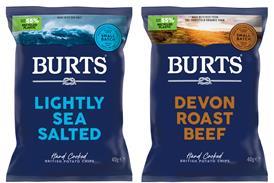



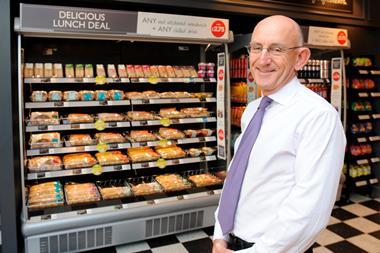

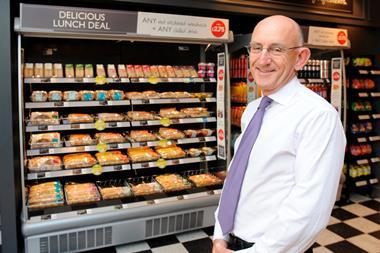

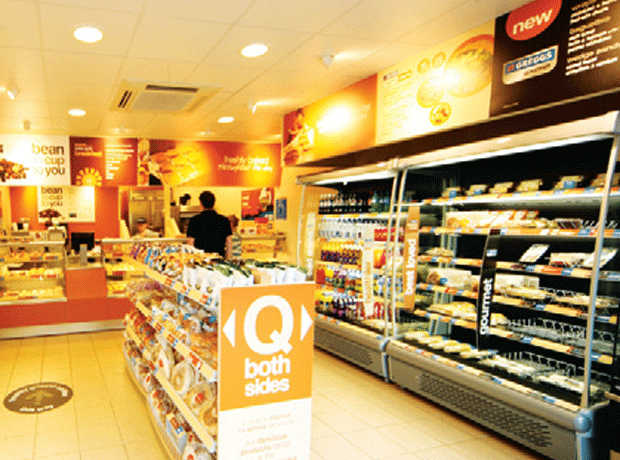
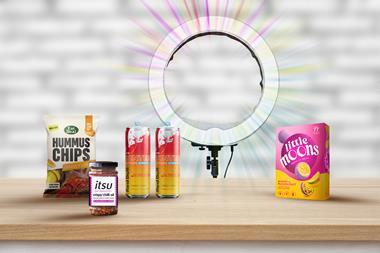





No comments yet